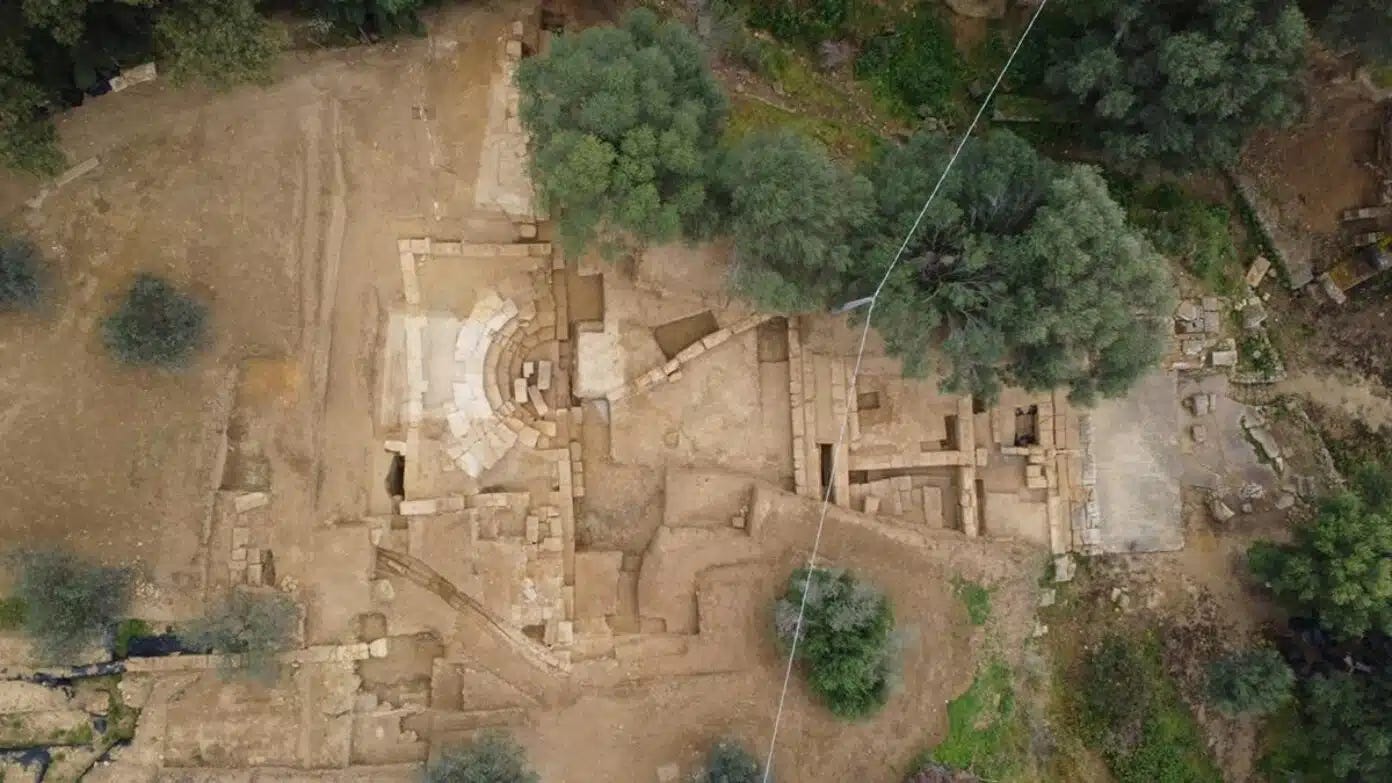Recent excavations at ancient Greek city of Agrigento reveal rare inscriptions and structures
Latest News
Reported by the Greek Reporter:
A newly completed excavation at an ancient gymnasium in Agrigento, Sicily, the modern name for the ancient Greek city of Akragas (Greek: Ἀκράγας), has revealed new finds: a rare roofed auditorium, a spacious hall, and a partially preserved inscription, shedding light on how education and athletics were intertwined in one of Magna Graecia’s most thriving cities
The site in the Valley of the Temples was partially excavated between the 1950s and 2005, during which archaeologists uncovered parts of a racetrack and a pool. However, many questions about the gymnasium’s design, use, and historical context remained unanswered.
Since 2020, a collaborative project led by the Freie Universität Berlin, the Politecnico di Bari, and the Parco Archeologico e Paesaggistico della Valle dei Templi has worked to complete the picture.
Following geophysical surveys, three campaigns conducted between 2022 and 2024 focused on the area north of the ancient pool and revealed a palaestra—an open training courtyard—measuring at least 62 meters (203 feet) by 35 meters (approximately 115 feet) and arranged across two terraces.
Roof tiles stamped with the abbreviation “ΓΥΜ” (gymnasio), the Greek word for gymnasium (Greek: ΓΥΜΝΑΣΙΟ), confirmed the identity of the structure.
The most recent excavation campaign, which was conducted from February 24 to April 1, 2025, uncovered these remarkable discoveries.
Archaeologists uncovered a large rectangular room measuring 23 meters (75 and a half feet) by 11 meters (36 feet) on the lower terrace of the palaestra. The room featured an earthen floor and benches along the walls and was connected to a roofed auditorium through a wide doorway in its north wall.
The auditorium, built into the natural slope between terraces, measures 12 meters (39 feet) by 7 meters (23 feet) and contains seven to eight curved seating rows made from local calcarenite. These can accommodate around 150 to 200 people.
Two narrow staircases provided access to the stepped seating. The orchestra, the flat area in front of the seating where performances or speeches would occur, was paved with a simple cement floor.
Scholars believe the auditorium was part of the original construction, dating to the 2nd century BC. While similar roofed auditoriums existed in Hellenistic council buildings, such as bouleuteria, this is the first known example of a gymnasium from this era.
Experts suggest it was used for lectures, rhetorical contests, and other intellectual events, reflecting the gymnasium’s dual role in physical and educational training.
Read more here.



